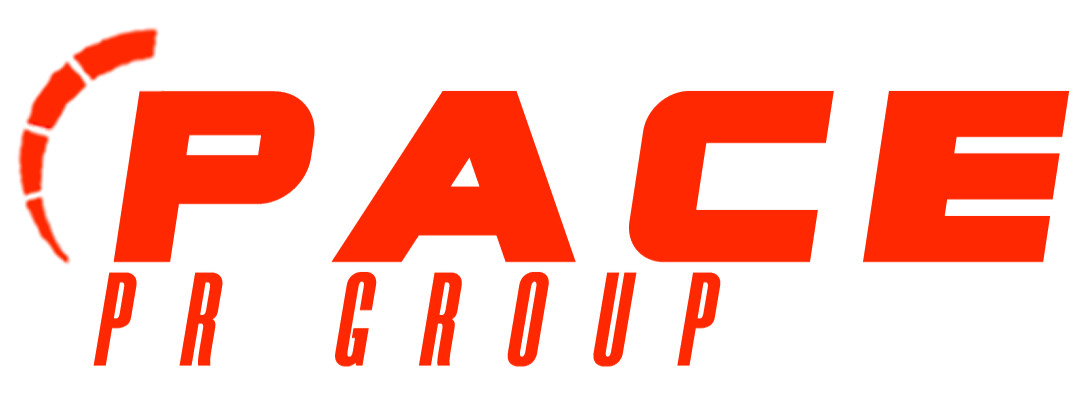In today’s competitive landscape, thought leadership has emerged as a powerful tool in public relations, allowing brands and individuals to position themselves as authorities in their industries. By sharing unique insights, innovative ideas, and expert opinions, thought leaders can build trust, influence, and credibility. Here’s how to effectively harness thought leadership in your PR strategy.
Understanding Thought Leadership in PR
Thought leadership is more than just a buzzword; it’s about being recognized as a go-to expert in your field. It involves sharing original ideas and perspectives that resonate with your audience and provide value. In PR, thought leadership helps elevate a brand above its competitors by showcasing its expertise and innovative thinking.
Why It Matters: In a world flooded with content, establishing thought leadership helps you stand out. It builds a reputation that not only attracts media attention but also fosters long-term relationships with your audience and industry peers.
Building Your Thought Leadership Strategy
-
Identify Your Unique Expertise
The foundation of thought leadership is your unique expertise. Identify the specific areas where your brand or leadership team excels. This could be groundbreaking research, innovative solutions, or a deep understanding of industry trends. Your expertise should be something that differentiates you from others in the field.
-
Create Valuable Content
Content is the vehicle for your thought leadership. Whether it’s through blogs, whitepapers, podcasts, or speaking engagements, the content you produce should be insightful and relevant. Focus on addressing the pain points of your audience and providing actionable advice. Quality over quantity is key here; a well-crafted article that sparks conversation is more valuable than multiple superficial posts.
-
Leverage Media Opportunities
Getting your content published in respected media outlets is crucial for building thought leadership. Collaborate with journalists and editors who cover your industry to get your insights featured. Media appearances, whether in print, online, or on television, amplify your voice and help establish your authority.
-
Engage on Social Media
Social media platforms are powerful tools for thought leadership. Regularly share your content, engage with industry discussions, and interact with your followers. Platforms like LinkedIn, Twitter, and even niche forums are ideal for demonstrating your expertise and expanding your influence.
Tip: Consistency is crucial. Regular updates and active engagement keep your audience informed and connected to your brand.
Thought Leadership in Action
Consider the success of brands that have effectively used thought leadership to dominate their industries. Companies like Salesforce and HubSpot have built entire communities around their expertise in CRM and inbound marketing, respectively. They consistently produce high-quality content that educates their audience, driving loyalty and influencing industry standards.
Measuring the Impact of Thought Leadership
Like any PR strategy, thought leadership should be measured to assess its impact. Key metrics include media mentions, social media engagement, website traffic, and lead generation. Surveys and feedback from your audience can also provide insights into how your thought leadership is perceived.
ROI Consideration: Thought leadership may not yield immediate results, but its long-term benefits in building brand equity and market positioning are invaluable.
The Future of Thought Leadership in PR
As the digital landscape evolves, so too does the role of thought leadership in PR. With the rise of AI, blockchain, and other technologies, staying ahead of the curve and offering fresh perspectives will become even more critical. Brands that continue to innovate and share their knowledge will remain influential.
In conclusion, thought leadership is a powerful PR tool that can elevate your brand, establish authority, and drive engagement. By strategically sharing your expertise and staying active in industry conversations, you can build a lasting legacy that sets you apart from the competition.
Unlock Your Visa Potential: Visa Press Services
Seeking to strengthen your visa application? Discover how Pace Press …
The Power of Recognition: Strengthening Your Visa Application
Strengthen your visa application by showcasing your recognition. Pace Press …
Global Talent Visa: Proving Exceptional Talent Through PR
Elevate your Global Talent Visa application. Discover how Pace Press …
Media Coverage for Your Global Talent Visa
Secure your Global Talent Visa with strategic media coverage. Learn …
From Visa to Visibility: PR for Personal and Professional Growth
Leverage your visa for personal & professional growth. We help …
The Authority Amplifier: Using PR to Enhance Your EB1A
Amplify your EB1A visa with PR. We enhance your authority, …
- Written by: Pace Press Group
- Posted on: August 26, 2024
- Tags: Brand, Content, Get published, PR, Press, Publication, Thought Leadership


